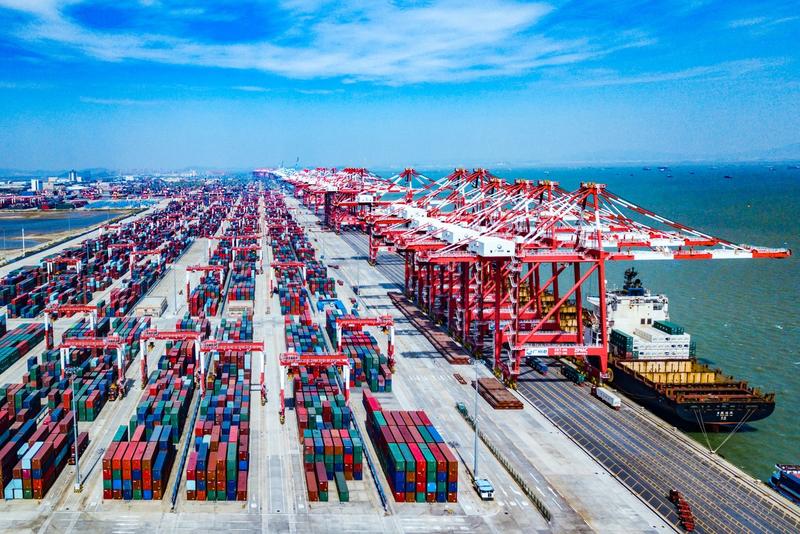FOCUS ON HOT SPOTS
Navigating the Waves of Maritime Shipping: Your Guide to Seamless Shipping Solutions
Published:
2025-10-04
Discover the ins and outs of Maritime Shipping, the art of maritime shipping, and how it can transform your logistics.
Introduction to Maritime Shipping
Ahoy, fellow adventurers! When it comes to shipping products across the globe, few methods are as reliable and efficient as Maritime Shipping, or maritime shipping. Whether you're a small business owner or a logistics guru, understanding the ins and outs of this process can make all the difference in your supply chain management. So, grab your life jacket, and let's set sail into the world of Maritime Shipping!
What is Maritime Shipping?
Maritime Shipping refers to the transportation of goods via ocean carriers. It's a method that's been around for centuries, and it's still going strong today. Why, you ask? Simply put, it's cost-effective, can handle large volumes, and is perfect for international trade. Picture this: a massive cargo ship filled to the brim with products, cruising across the ocean, connecting continents and economies.
Why Choose Maritime Shipping?
Now, you might be wondering, "Why should I opt for maritime shipping over air freight or trucking?" Well, let's break it down:
- Cost-Effective: Generally, Maritime Shipping is more affordable than its counterparts, especially for bulky items.
- Capacity: These ships can carry thousands of containers at once. So, if you're dealing with large shipments, maritime is the way to go.
- Environmental Impact: Surprisingly, shipping by sea can be more eco-friendly than air transport, emitting less CO2 per ton-mile.
The Process of Maritime Shipping
So, how does it all work? Let's take a closer look at the typical steps involved in the Maritime Shipping process:
- Booking a Shipment: First, you'll need to book space on a vessel. This is typically done through a freight forwarder or directly with a shipping company.
- Packaging and Labeling: Next up, ensure your goods are packaged securely and labeled correctly for customs clearance.
- Transportation to Port: Your goods are then transported to the port of departure, ready to board the ship.
- Customs Clearance: Before your items can set sail, they must clear customs—both at the origin and destination ports.
- Loading and Sailing: Finally, your cargo is loaded onto the ship, and off it goes across the waves!
Challenges of Maritime Shipping
Of course, it's not all smooth sailing. There are potential hurdles to navigate:
- Time: Maritime Shipping is generally slower than air freight. If you're in a rush, this may not be the best option.
- Weather Dependence: Stormy seas can delay shipments, so planning for contingencies is crucial.
- Customs Regulations: Different countries have varying regulations, and not complying can lead to headaches.
The Future of Maritime Shipping
As we look ahead, the future of maritime shipping is bright! Innovations like automated port operations, AI in logistics, and sustainability efforts are making waves in the industry. Companies are increasingly focusing on reducing their carbon footprints while maintaining efficiency.
So, whether you're shipping handcrafted goods from your small business or transporting raw materials for a large corporation, remember that Maritime Shipping remains a cornerstone of global trade. With the right knowledge and resources, you can navigate the seas of logistics like a pro!
Conclusion
In conclusion, Maritime Shipping is not just about getting your products from Point A to Point B. It's about connecting cultures, economies, and opportunities across the globe. So, why not dive into the world of maritime shipping and explore how it can enhance your business? Happy shipping!








